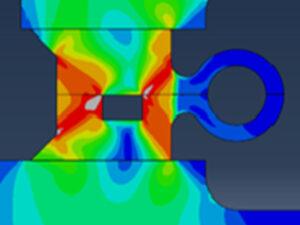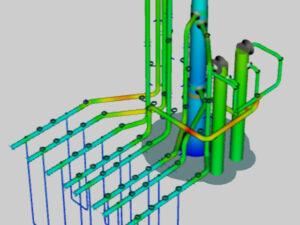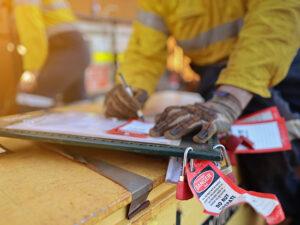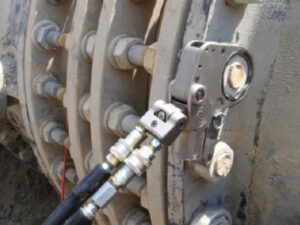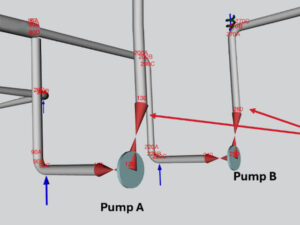
A Deep Dive into Aboveground Storage Tank Settlement Evaluation
Foundational settlement, particularly non-uniform settlement, poses a significant threat to the integrity and operational reliability of aboveground storage tanks. In this article, Katelyn and Derek take a detailed look into at the most common API 653 evaluation methods to provide insight into the limitations and use of the various techniques and show the potential benefit of conducting a detailed analysis for differential shell settlement and bottom edge settlement.



